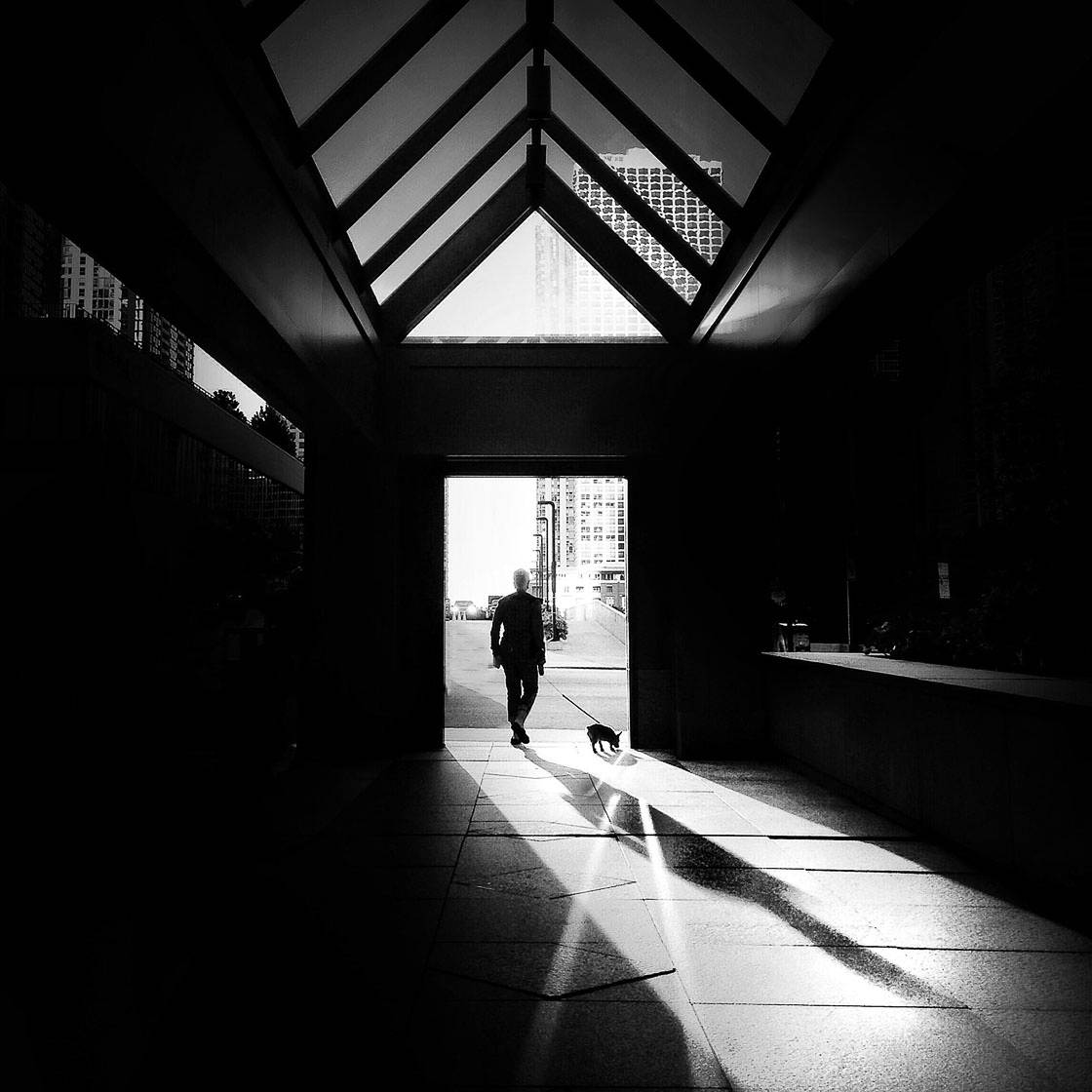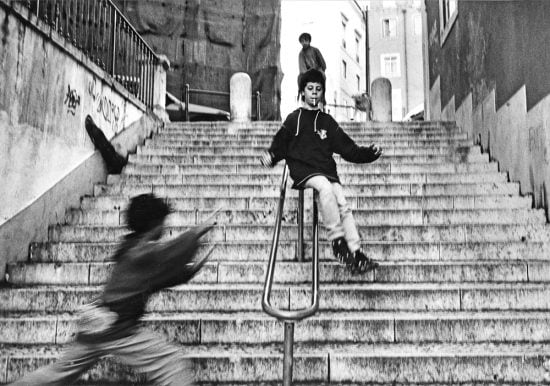3 Simple Techniques For Street Photographers
3 Simple Techniques For Street Photographers
Blog Article
Not known Details About Street Photographers
Table of ContentsThe Main Principles Of Street Photographers The Definitive Guide for Street Photographers6 Simple Techniques For Street PhotographersThe Street Photographers IdeasThe Single Strategy To Use For Street Photographers
, a genre of photography that documents day-to-day life in a public location. The very publicness of the setup makes it possible for the photographer to take honest images of complete strangers, frequently without their knowledge. Street digital photographers do not necessarily have a social purpose in mind, yet they prefer to isolate and capture minutes which might or else go unnoticed.Though he was influenced by most of those who influenced the road photographers of the 1950s and '60s, he was not primarily thinking about recording the spirit of the road. The impulse to visually document people in public started with 19th-century painters such as Edgar Degas, douard Manet, and Henri de Toulouse-Lautrec, who functioned side by side with photographers trying to record the significance of urban life.

Offered the great quality of his photos and the breadth of product, engineers and musicians typically got Atget's prints to use as recommendation for their very own job, though industrial rate of interests were hardly his primary inspiration. Rather, he was driven to picture every last residue of the Paris he loved. The mingled interest and seriousness of his goal shine through, leading to pictures that tell his very own experience of the city, top qualities that anticipated street digital photography of the 20th century.
The Single Strategy To Use For Street Photographers
They expose the city with his eyes. His work and fundamental understanding of digital photography as an art kind acted as motivation to generations of photographers that complied with. The future generation of road professional photographers, though they likely did not refer to themselves because of this, was introduced by the photojournalism of Hungarian-born digital photographer Andr Kertsz.
Unlike his peers, Brassa used a larger-format Voigtlnder electronic camera with a much longer exposure time, requiring him to be more computed and thoughtful in his method than he might have been if making use of a Leica.
Cartier-Bresson was a Discover More Here champ of the Leica cam and one of the initial photographers to maximize its capacities. The Leica allowed the digital photographer to communicate with the environments and to capture minutes as they happened - Street Photographers. Its relatively tiny dimension likewise assisted the digital photographer fade right into the history, which was Cartier-Bresson's preferred method
The 10-Minute Rule for Street Photographers
It is due to this essential understanding of weblink the art of photo taking that he is commonly attributed with finding the medium around again roughly a century since its invention. He took pictures for even more than a half century and affected generations of digital photographers to trust their eye and intuition in the minute.
These are the inquiries I shall attempt to address: And afterwards I'll leave you with my very own meaning of street digital photography. Yes, we do. Allow's kick off with specifying what an interpretation is: According to it is: "The act of specifying, or of making something guaranteed, distinctive, or clear".
No, most definitely not. The term is both restricting and misleading. Sounds like a road photography must be pictures of a streets ideal?! And all street photographers, except for a tiny number of absolute newbies, will completely value that a street is not the crucial component to street digital photography, and really if it's a photo of a road with maybe a couple of uninteresting people not doing anything of interest, that's not road digital photography that's a snapshot of a road.
He makes a legitimate point do not you think? While I concur with him I'm not sure "honest public digital photography" will capture on (although I do kind of like the term "honest digital photography") due to the fact that site web "street digital photography" has been around for a lengthy time, with many masters' names connected to it, so I think the term is right here to remain.
The Ultimate Guide To Street Photographers
You can shoot at the coastline, at a festival, in an alley, in a park, in a piazza, in a coffee shop, at a museum or art gallery, in a city terminal, at an occasion, on a bridge, under a bridge ...
Yes, I'm afraid we scared no choice! Without rules we can not have an interpretation, and without a definition we do not have a category, and without a style we don't have anything to define what we do, and so we are stuck in a "rules interpretation genre" loophole! - Street Photographers
How Street Photographers can Save You Time, Stress, and Money.

Report this page